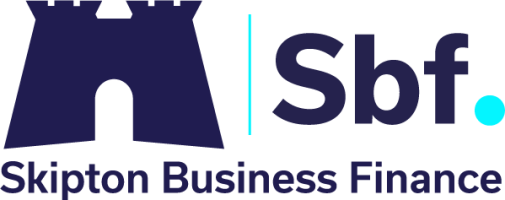In the early 1960's, Professor Neil Borden at Harvard Business School identified a number of company performance actions that can influence the consumer decision to purchase goods or services. Borden suggested that all those actions of the company represented a “Marketing Mix”. Professor E. Jerome McCarthy, also at the Harvard Business School in the early 1960s, suggested that the Marketing Mix contained 4 elements: product, price, place and promotion. Your business’ marketing mix is a combination of marketing tools that are used to satisfy customers and company objectives. Consumers often call the marketing mix "the offering." Your offer to them is controlled by the following variables often referred to as the four Ps in marketing.
In popular usage, "marketing" is the promotion of products, especially advertising and branding. However, in professional usage the term has a wider meaning which recognizes that marketing is customer-centred. Products are often developed to meet the desires of groups of customers or even, in some cases, for specific customers. McCarthy divided marketing into four general sets of activities. His typology has become so universally recognized that his four activity sets, the Four Ps, have passed into the language.
Four Ps
- Product: The product aspects of marketing deal with the specifications of the actual goods or services, and how it relates to the end-user's needs and wants. The scope of a product generally includes supporting elements such as warranties, guarantees, and support.
- Pricing: This refers to the process of setting a price for a product, including discounts. The price need not be monetary - it can simply be what is exchanged for the product or services, e.g. time, energy, psychology or attention.
- Promotion: This includes advertising, sales promotion, publicity, and personal selling, branding and refers to the various methods of promoting the product, brand, or company.
- Placement (or distribution): refers to how the product gets to the customer; for example, point of sale placement or retailing. This fourth P has also sometimes been called Place, referring to the channel by which a product or services is sold (e.g. online vs. retail), which geographic region or industry, to which segment (young adults, families, business people), etc.
These four elements are often referred to as the marketing mix, which a marketer can use to craft a marketing plan. Creating a successful marketing mix that will increase results often takes requires a little experimenting and market research. There are many methods that can be used, both in person and the use of impersonal presentations. The key is to not always depend on "one" mix, but to always explore other avenues. The combining and coordination of these elements will be more effective than depending on just one. You must coordinate all elements so that the prospective consumer is not being sent mixed messages that can cause confusion.
Extended Marketing Mix
The Extended Marketing Mix model (also known as the 7 P’s) is a tool which marketers use to define their marketing strategy. It is constructed of the original 4P’s (Product, Price, Place and Promotion) and has an added three more elements (People, Process and Physical Evidence) in order to expand its applicability from strictly tangible products, to encompass service related offerings as well. Typically, a marketer will attempt to optimize for five or six of the P’s, as it rarely possible to excel in all seven. The seven P’s can be adjusted for varying conditions in one’s market, or different targets.
Knowledge for Small Business and Large Enterprises
At Skipton Business Finance, our invoice finance facilities, such as our UK-leading invoice factoring and invoice discounting solutions, grow in line with your business.
We are pioneers in not just providing invoice factoring and invoice discounting to businesses up and down the country, but also in helping our clients grow and become better.
That's why we have a dedicated section of our website that focuses on offering free knowledge on a range of topics that you may find helpful for your business.









